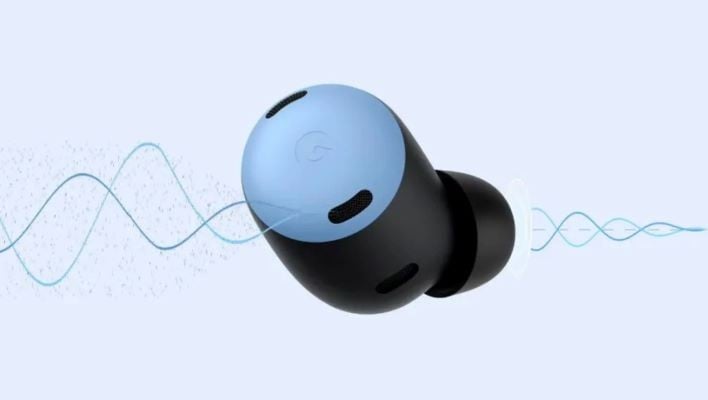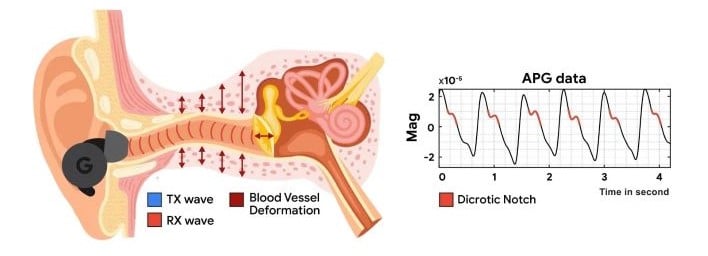Google Researchers Find A Way To Turn Your ANC Earbuds Into A Heart Monitor

A team of Googlers (across Google Health, product, UX, and legal departments) have come up with a novel way of using ANC circuitry and software to pull double-duty as a reliable cardiac tracker. The study of audioplethysmography (APG for short, thank goodness for my fingers) by the Google team has shown that the use of ANC soundwaves has "high resilience to motion artifacts, adheres to safety regulations with an 80dB margin below the limit, remains unaffected by seal conditions, and is inclusive of all skin tones."
Conceptually, APG is an off-shoot of PPG (photoplethysmography), which is a common technique on devices such as smartwatches whereby onboard sensors measure heartrate by detecting volumetric changes in blood in peripheral circulation. PPGs are accurate, but can be thwarted by skin tones and fitment against the skin, as well as excessive movement. More so, APG doesn't require additional HR sensors that reduce battery life and increase manufacturing complexity, such as those found on the Amazfit Powerbuds or Jabra Elite Sport.

It was also found that cardiac readings weren't impacted by poor earbud seals or even while music was playing. Body motion did become an issue, but the team devised something called a "multi-tone APG as a calibration signal to find the best frequency that measures heart rate, and use only the best frequency to get high-quality pulse waveform."
Ultimately, Google did two sets of studies with 153 participants, achieving "consistently accurate heart rate (3.21% median error across participants in all activity scenarios) and heart rate variability (2.70% median error in inter-beat interval) measurements.”
Whether or not this small-scale study leads to actual products in the next few years remains to be seen. Google did say APG functionality is merely a matter of a firmware upgrade for the ANC hearable, although we're sure that there are more studies that need to be conducted, peer reviews, health certifications, and federal approvals before APG sees the light of day.

